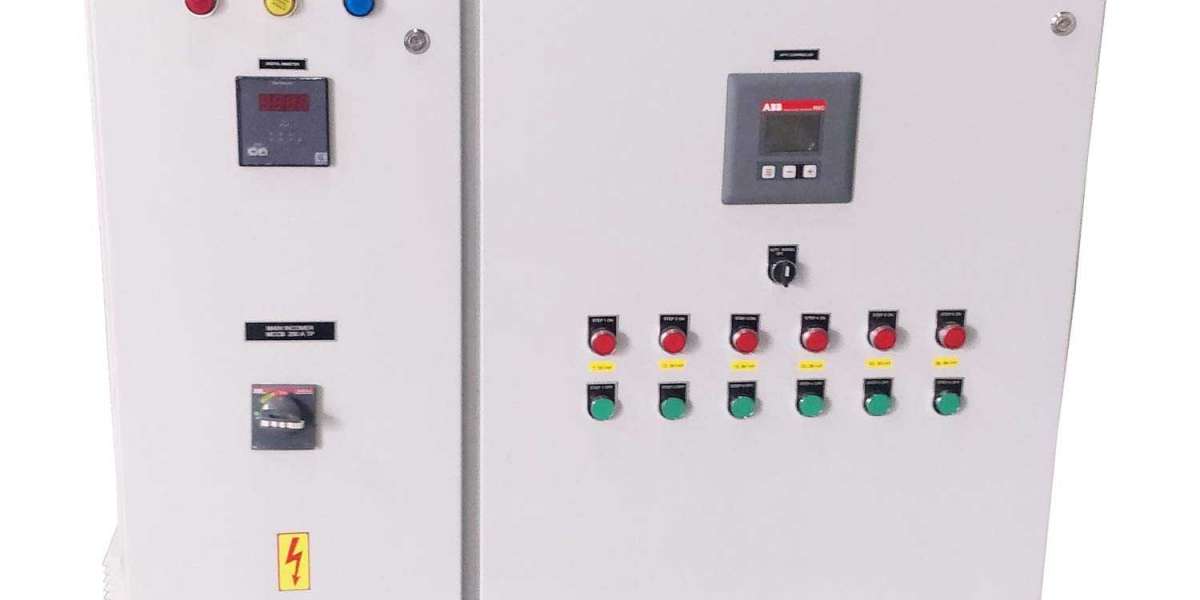Acele edin!! Hemen sipariş verin!! Acele edin
Prostavec 'in işlevi nedir?
Prostavec, vücudunuza normal prostat fonksiyonunu sürdürmesi için ihtiyaç duyduğu tüm besinleri veren çok yönlü bir tedavidir. Her bileşen, prostatınızın sağlığını desteklemek için özenle seçilmiştir.
Prostavec nasıl yapılır?
Prostavec Şurup Fiyat Türkiye, bilimsel çalışmalarla desteklenen bir dizi güçlü maddeyi harmanlayan çok sofistike bir ilaçtır. En iyi yanı, bu maddelerin en güçlü, en biyoyararlanımlı formunu soğuk ekstraksiyon yöntemi kullanarak rafine etmemizdir. Optimum emilim için, daha sonra bunları sıvı bir çözeltiye filtreliyoruz.
Prostavec Şurup Fiyat Türkiye güvenli midir?
Evet, Prostavec'in bir dizi son teknoloji, tamamen güvenli ve doğal maddesi vardır. Ancak, sağlık rutininize yeni bir şey eklemeden önce, her zaman doktorunuzun onayını alın.
Olumsuz yan etkiler var mıdır?
Bilinen hiçbir olumsuz etkisi olmayan bileşimimiz, güçlü ve tamamen doğal bir takviyedir. Sadece GMP'ye uygun bir üretim tesisinde denetlenmiş ve karıştırılmış doğal içerikler kullanmaktan gurur duyuyoruz.
Prostavec'i ne kadar süreyle almalıyım?
Prostat sağlığı kötüleşen kişiler için Prostavec günlük besin takviyesi olarak alınabilir. Bu kadar karmaşık bir sorun için kolay bir çözüm olmadığından, müşterilerimize optimum faydalar için Prostavec'i günlük rutinlerine dahil etmelerini öneriyoruz.
Para iade garantisi sunuluyor mu?
Gerçekten de. Prostavec, herhangi bir soru sorulmadan para iade garantisiyle desteklenmektedir. Ürünümüzün faydalı olup olmadığını veya olup olmadığını belirlemeden önce en az bir ay kullanmanızı öneririz.
Resmi Web Sitesi
https://www.wellbiotricks.com/tr/prostavec-turkiye/
https://enkling.com/read-blog/25736
https://alumni.myra.ac.in/read-blog/109393
https://gamma-tips-tricks-zga16u9.gamma.site/
https://prostavecyorumlar2024.company.site/
http://149.129.116.2/thread-43165.htm
https://cno.cc/read-blog/14520
http://dmttour.epizy.com/Forum/viewtopic.php?f=12t=6060
https://www.mysportsgo.com/forums/topic/135637/prostavec-yorumlari-dolandiricilik-uyarilari-2024-avantajlari/view/post_id/1107343https://medium.com/@prostavec/prostavec-yorumlar%C4%B1-doland%C4%B1r%C4%B1c%C4%B1l%C4%B1k-uyar%C4%B1lar%C4%B1-2024-avantajlar%C4%B1-ve-dezavantajlar%C4%B1n%C4%B1-inceleyin-adcdb7e09f6d
https://legendary11.com/blogs/view/6238
https://www.postfreeclassifiedads.com/thread-25613.htm
https://prostavec-d1567e.webflow.io/
https://sway.cloud.microsoft/3EmS4fxODCwxH23B
http://www.limesucks.com/member/prostavecyorumlar2024/
https://3d1.com.br/forum/tira-duvidas/perguntas-de-computacao-grafica/119832
#Prostavec
#Prostavecİncelemeler
#ProstavecGenişletmek
#ProstavecGeliştirme
#ProstavecFiyat
#ProstavecSonuçlar














